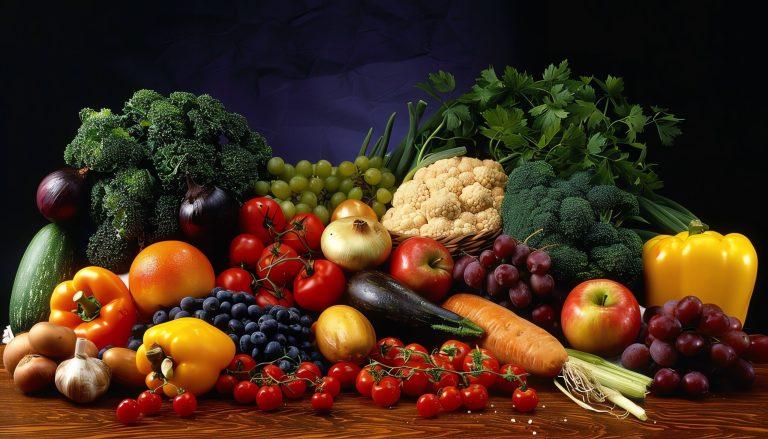Fruits, Vegetables, and Fiber
Mission readiness requires a properly fueled body and mind. Eating a well-balanced diet rich in whole foods with plenty of fruits and vegetables can boost your mental and physical performance. Don’t skip your meals — make time to fuel!
The American Heart Association suggests filling half your plate with fruits and veggies as a way to meet the recommendation of 4½ cups of each every day.
Fiber is an essential nutrient. However, many Americans fall short of the recommended daily amount in their diets.
Women should aim for about 25 grams of fiber per day, while men should target about 38 grams.
Dietary fiber contributes to health and wellness in a number of ways:
-Helps with fullness after meals
-Can help to lower cholesterol
-Prevent constipation and diverticulosis
-Helps keep blood sugar levels within a healthy range
Tips: Fiber is found in plant foods.
-Eating the skin or peel of fruits and vegetables provides a greater dose of fiber
-beans and lentils, whole grains, nuts and seeds.
For example, one medium apple with the peel contains 4.4 grams of fiber, while ½ cup of applesauce contains 1.4 grams, and 4 ounces of apple juice contains no fiber.
Breakfast, choose steel cut oats with nuts and berries instead of a low-fiber, refined cereal.
Lunch, have a sandwich or wrap on a whole-grain tortilla or whole-grain bread and add veggies, such as lettuce and tomato, or serve with veggie soup.
Snack, have fresh veggies or whole-grain crackers with hummus.
Dinner, try brown rice or whole-grain noodles instead of white rice or pasta made with white flour.
Here are a few foods that are naturally high in fiber:
When increasing fiber, be sure to do it gradually and with plenty of fluids. As dietary fiber travels through the digestive tract, it is similar to a new sponge; it needs water to plump up and pass smoothly. If you consume more than your usual intake of fiber but not enough fluid, you may experience nausea or constipation.
Before you reach for the fiber supplements, consider this: Fiber is found naturally in nutritious foods. Studies have found the same benefits, such as a feeling of fullness, may not result from fiber supplements or from fiber-enriched foods. If you’re missing out on your daily amount of fiber, you may be trailing in other essential nutrients as well. Your fiber intake is a good gauge for overall diet quality. Try to reach your fiber goal with unrefined foods so you get all the other benefits they provide as well.
Easy ways to add in fruits and vegetables into your day:
-Grab carrots instead of chips for a snack
-Add vegetables into your pasta dish
-Substitute a carb side like rice for roasted vegetables
-Double the ratio of vegetables in your soup recipe
-Have fruit already washed and ready to grab in your fridge
-Add veggies to your pizza
-Drink a smoothie (watch the sugar though) made with fruits and spinach
-Try zucchini noodles or cauliflower rice
-Make lettuce wraps
-Eat the rainbow of colors in fruits and vegetables and vary your diet.
When humans eat plant foods, phytonutrients protect us from chronic diseases. Phytonutrients have potent anti-cancer and anti-heart disease effects. Here is a rundown of fruits and vegetables sorted by color, along with the phytonutrients they contain, and which foods you’ll find them in. Phytonutrients: Paint your plate with the colors of the rainbow – Harvard Health
- 1 large pear with skin (7 grams)
- 1 cup fresh raspberries (8 grams)
- ½ medium avocado (5 grams)
- 1 ounce almonds (3.5 grams)
- ½ cup cooked black beans (7.5 grams)
- 3 cups air-popped popcorn (3.6 grams)
- 1 cup cooked pearled barley (6 grams)












